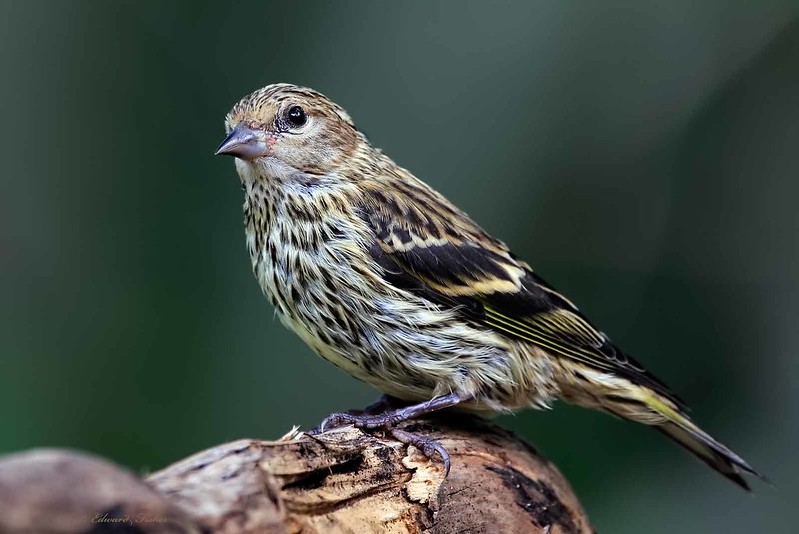Shot from my blind in the backyard.
Canon 7D MKII, F7.1, 1/125sec, ISO 400, Tripod mounted Sigma 150-600 C @ 480mm.
Pishing:
Pishing is a technique birders use in the field to attract small birds to get a better view to identify them. By understanding what pishing is and how and when to use it, birders can greatly increase their field birding success. Be careful, however, because this technique is not always welcome or appropriate.
Making any small, repetitive noise to attract birds can be considered a type of pishing. While these noises are not bird sounds, there are several theories as to why birds will respond. The raspy, rough quality of a pish is similar to alarm or scolding calls from many small birds. Those birds are accustomed to mobbing together to chase away larger predators; therefore, the pishing attracts a flock of small birds ready to chase an intruder. Another theory is that some higher-pitched or sharper pishes may resemble insect noises and thus attract feeding birds. Many birders also believe, after watching birds respond to their pishing, that some species of birds have a natural curiosity and playfulness and simply enjoy investigating unknown noises.
Whatever the real reason some birds respond to pishing, it is clear that this talkative technique can be an asset to birders who use it responsibly.
Studies and bird reports have shown that some birds are more responsive to pishing than others. In general, the technique is largely effective in North America and northern Europe but less effective in tropical habitats. This may be because of the different bird sounds species make in different regions of the world and pishing is only useful in areas where birds naturally make similar sounds.
Types of birds that frequently respond to pishing include: Chickadees, Finches, Jays, Kinglets, Nuthatches, Sparrows, Bushtits, Warblers, Wrens.
Only pish until you have a view of the responsive bird, then cease any unnecessary noise and allow the bird to return to its natural activities.
Loading contexts...

